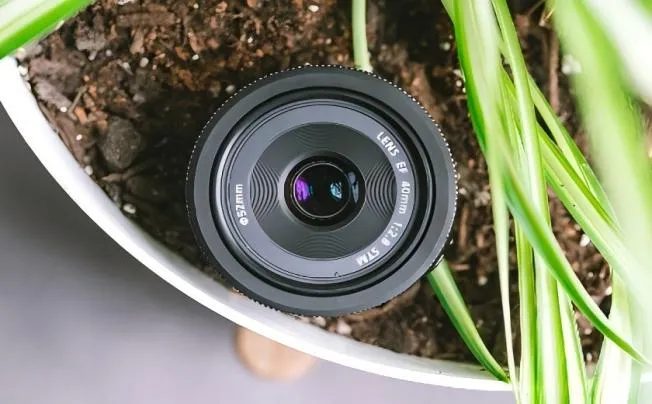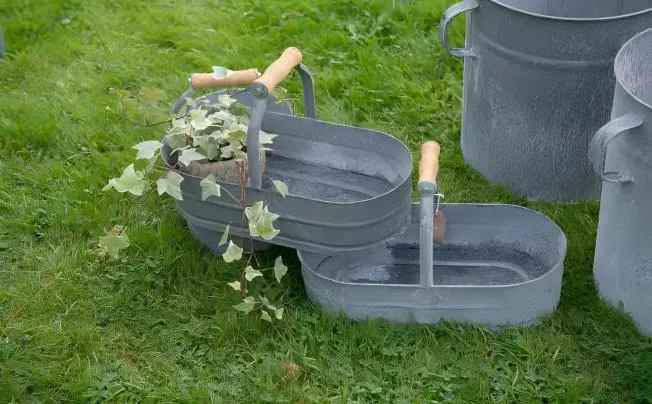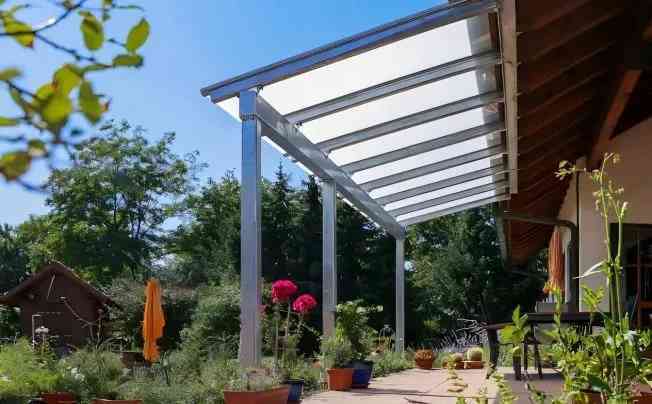How Long Do Galvanized Planters Last?
In the colorful world of gardening, choosing the right flower pot is a key step in creating a beautiful garden or balcony oasis. Galvanized flower pots are favored by gardening enthusiasts for their unique charm.
The Secret of the Lifespan of Galvanized Flower Pots
The service life of galvanized flower pots is approximately 3–10 years under normal conditions; however, this is only an estimate and will vary depending on a number of factors. Indoor environment: The indoor environment is relatively stable; there is no strong direct sunlight, which would cause the flower pot's surface temperature to fluctuate significantly; there is no rain erosion, so there is no need to be concerned about the zinc layer being gradually eroded; and there is no significant temperature fluctuation, which would have little effect on the flower pot's structure.
A galvanized flower container can typically last seven to ten years in such conditions.
Outdoor environment: As a "test of endurance" for galvanized flower pots, the outdoor environment is considerably more complex. Excessive temperature fluctuations will cause the flower pot material to expand and contract, creating tiny cracks in the structure and hastening corrosion; frequent rain erosion will progressively dissolve the zinc layer and reduce its protective effect; and direct sunlight will raise the flower pot's surface temperature and hasten the ageing of the zinc layer. Choosing outdoor galvanized flower pots requires careful consideration of local environmental conditions as well as the implementation of appropriate maintenance and protection measures.

Analysis of key factors affecting lifespan
1. How important material quality is
Strong adhesion and a zinc layer thickness that meets standards are characteristics of high-quality galvanised flower pots, which are often constructed from high-quality galvanised sheets. The zinc coating will stick firmly to the iron's surface. The interior iron is shielded from oxidation and rust by the zinc's initial reaction with oxygen and moisture. However, some subpar galvanised flower pots employ galvanised sheets with poor adhesion and thinner zinc layers in order to save money. In practice, these zinc coatings are easily removed. Iron will be exposed to the air directly after the zinc layer is broken, which will cause it to rust and corrode rapidly.
2. Careful evaluation of the manufacturing procedure
Modern manufacturing techniques can strengthen the flower pot's structure and ensure that all of its parts are tightly connected. With regard to welding technology, fine welding technology can reduce the appearance of gaps by making the welding tight and smooth. However, there may be noticeable cracks in the welding or a lack of firmness in some flower pots made using crude and archaic production methods. They are vulnerable to cracking from outside influences when in use. The flower pot's surface treatment procedure is just as important as the welding technique.
A high-quality surface treatment can further improve flower pots' resistance to corrosion by smoothing out their surface and reducing their susceptibility to moisture and dirt. In order to create an extra protective layer, certain expensive galvanised flower pots are treated with plastic spraying, spray painting, and other techniques. This not only makes the flower pots look better but also significantly prolongs their useful life.
3. Serious issues with the usage environment
A thin layer of water film will form on the flower pot's surface as a result of the high moisture content and oxygen in the air in humid and rainy places. The zinc will progressively corrode and dissolve as a result of the water film's activity. The ageing of galvanized flower pots will also be accelerated by high temperatures and exposure. Strong sunshine will raise the flower pot's surface temperature, changing the zinc layer's structure and reducing its ability to withstand corrosion.
The flower pot's surface temperature may rise to extremely high levels during the sweltering summer, at which point the zinc coating will progressively erode and become more vulnerable to outside influences. On the other hand, galvanized flower pots have a comparatively long lifespan in arid regions because of the low air moisture content.
Chemical contact: Galvanized flower pots will corrode more quickly if they come into touch with acidic, alkaline, or other chemicals. Certain insecticides and fertilizers used in daily life may contain alkaline or acidic ingredients. They will react chemically with the zinc layer if they are inadvertently sprayed on the flower pots and are not removed in time.
Acidic gases like sulphur dioxide and nitrogen oxides may be present in the air in some places with significant industrial pollution. These gases will corrode the galvanized flower pots and create acid rain when they come into contact with moisture. Additionally, certain detergents could contain chemicals. Additionally, if they are used incorrectly, they will damage the flower pots' surface when cleaning them. Therefore, try to keep your hands away from chemicals when using galvanized flower pots. To prolong the flower pots' useful life, they should be promptly cleaned with clean water after coming into touch.

Practical tips for extending your life
(I) Points for daily maintenance and cleaning
Every week, you can gently wipe the flower pot's surface with a clean, wet cloth to get rid of any dust, stains, or debris that could be there. It is particularly crucial to remember to ensure that the flower pot's surface is completely dry after wiping. To keep the flower pot consistently dry, you can either wipe it with a fresh towel or set it in an area with good ventilation.
(II) Suggestions for proper usage and positioning
Avoid bumping against other hard things and move flower pots gently. It's preferable to raise flower pots before moving them rather than dragging them over uneven terrain. If you're indoors, keep flower pots away from heat sources because high temperatures will hasten the zinc layer's ageing process. Avoid placing the flower pots in low-lying areas where water can readily build, and try to find a covered spot outside to prevent prolonged exposure to intense sunshine. You can lift the flower pots to improve air circulation and lessen the effect of moisture on them if the environment in your area is humid.
(III) Timely repair actions and routine inspection
Once a month, check the flower pots, paying particular attention to whether the zinc coating has peeled off and whether the surface shows any indications of rust. Make repairs as soon as possible if the zinc layer is discovered to be rusting or flaking off.

Selected Blogs
-
What customization services are available for metalworking customization?
2024-12-12
-
What Is The Difference Between A Plant Container And A Raised Bed?
2024-04-23
-
Garden Screening & Fence Panels
2024-04-23
-
Gardening pot selection tips
2024-04-17
-
The function and collocation of horticultural fire pot
2024-04-17


